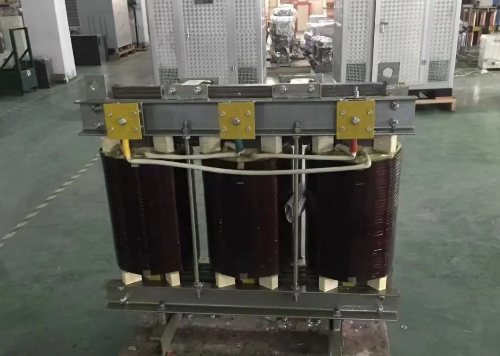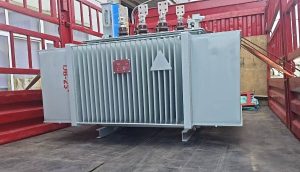Electronic Components Supplier | Transformers, Inductors, Inverters
Introduction
The CT Transformer is an emerging AI-powered innovation transforming medical imaging, offering faster, more accurate computed tomography (CT) scans. Combining deep learning with transformer architectures, this technology enhances image reconstruction, reduces radiation exposure, and improves diagnostic accuracy. In this guide, we explore how CT Transformers work, their benefits, and why they’re a hot topic in 2024.

1. What Is a CT Transformer?
A CT Transformer is a deep learning model that applies transformer neural networks to CT scan data. Unlike traditional convolutional neural networks (CNNs), it uses self-attention mechanisms to analyze 3D medical images with higher precision.
Key Features:
✔ Faster image reconstruction
✔ Lower radiation dose
✔ Improved tumor detection
✔ Enhanced resolution
2. How Does a CT Transformer Work?
2.1. Self-Attention for Medical Imaging
Traditional CT scans rely on filtered back projection (FBP), which can produce noise. CT Transformers use attention mechanisms to:
- Focus on critical anatomical structures
- Reduce artifacts
- Reconstruct high-quality images from limited data
2.2. Deep Learning Integration
By training on large CT datasets, CT Transformers learn to:
- Predict missing scan data (for low-dose imaging)
- Segment tumors & lesions automatically
- Enhance early disease detection
3. Benefits of CT Transformers in Healthcare
3.1. Faster & More Accurate Diagnoses
- Detects early-stage cancers (e.g., lung, liver)
- Improves stroke assessment
- Reduces false positives
3.2. Safer Scans with Lower Radiation
- Cuts radiation exposure by 30-50%
- Ideal for pediatric & frequent scanning
3.3. Cost & Workflow Efficiency
- Reduces manual analysis time
- Integrates with PACS & EHR systems
4. Current Applications (2024 Trends)
4.1. Oncology & Tumor Tracking
- Identifies small metastases
- Monitors treatment response
4.2. Cardiovascular Imaging
- Detects coronary artery disease earlier
- Improves plaque analysis
4.3. Emergency Medicine
- Speeds up trauma assessments
- Enhances intracranial hemorrhage detection

5. Challenges & Future of CT Transformers
5.1. Current Limitations
- Requires large training datasets
- High computational power needed
- Regulatory approvals still evolving
5.2. Future Developments
- Federated learning for privacy-safe AI
- Edge computing for real-time analysis
- Multimodal fusion (CT + MRI + PET)
Conclusion
The CT Transformer is revolutionizing medical imaging, offering faster, safer, and smarter diagnostics. As AI in radiology advances, expect wider adoption in hospitals, research, and telemedicine.







